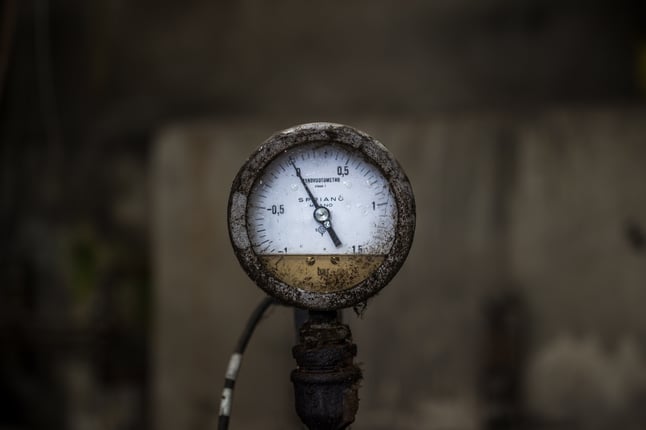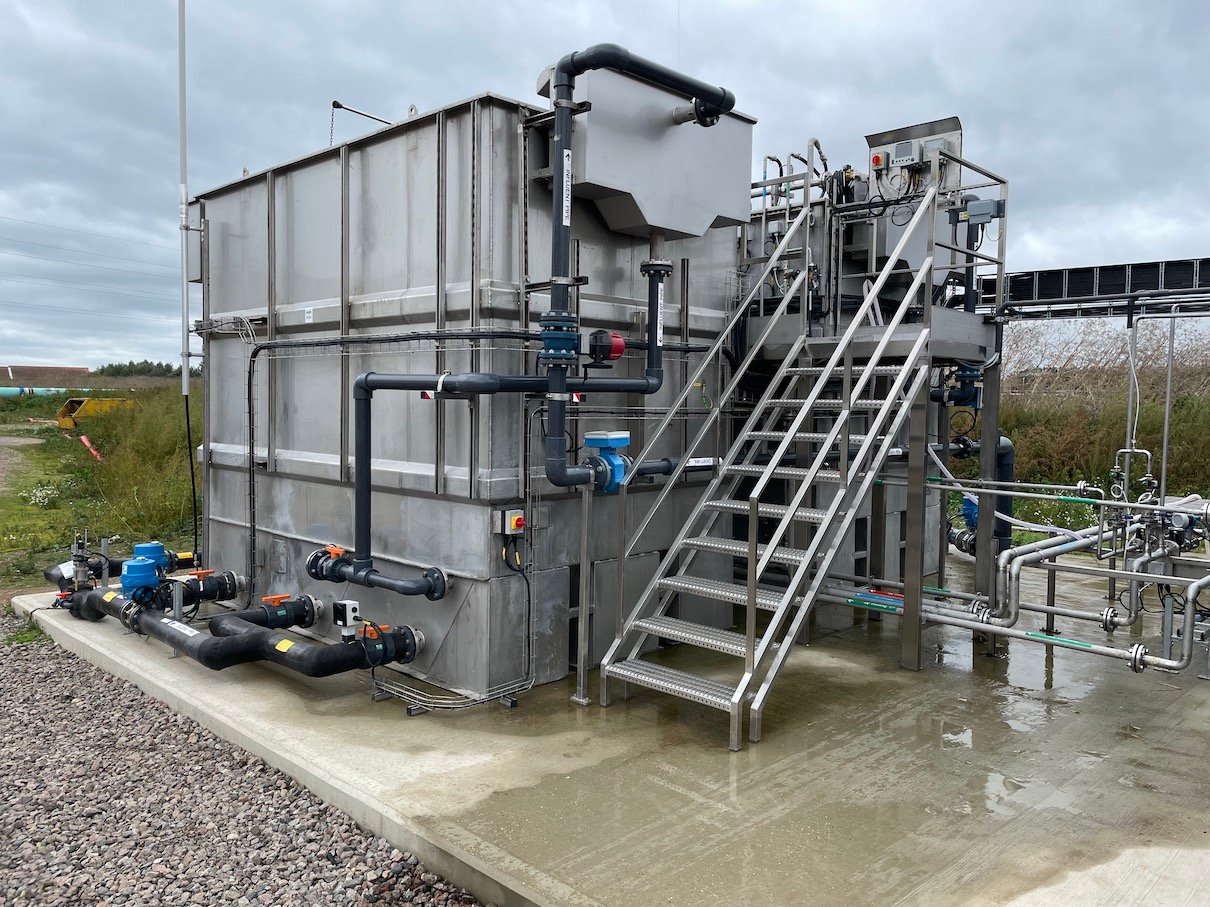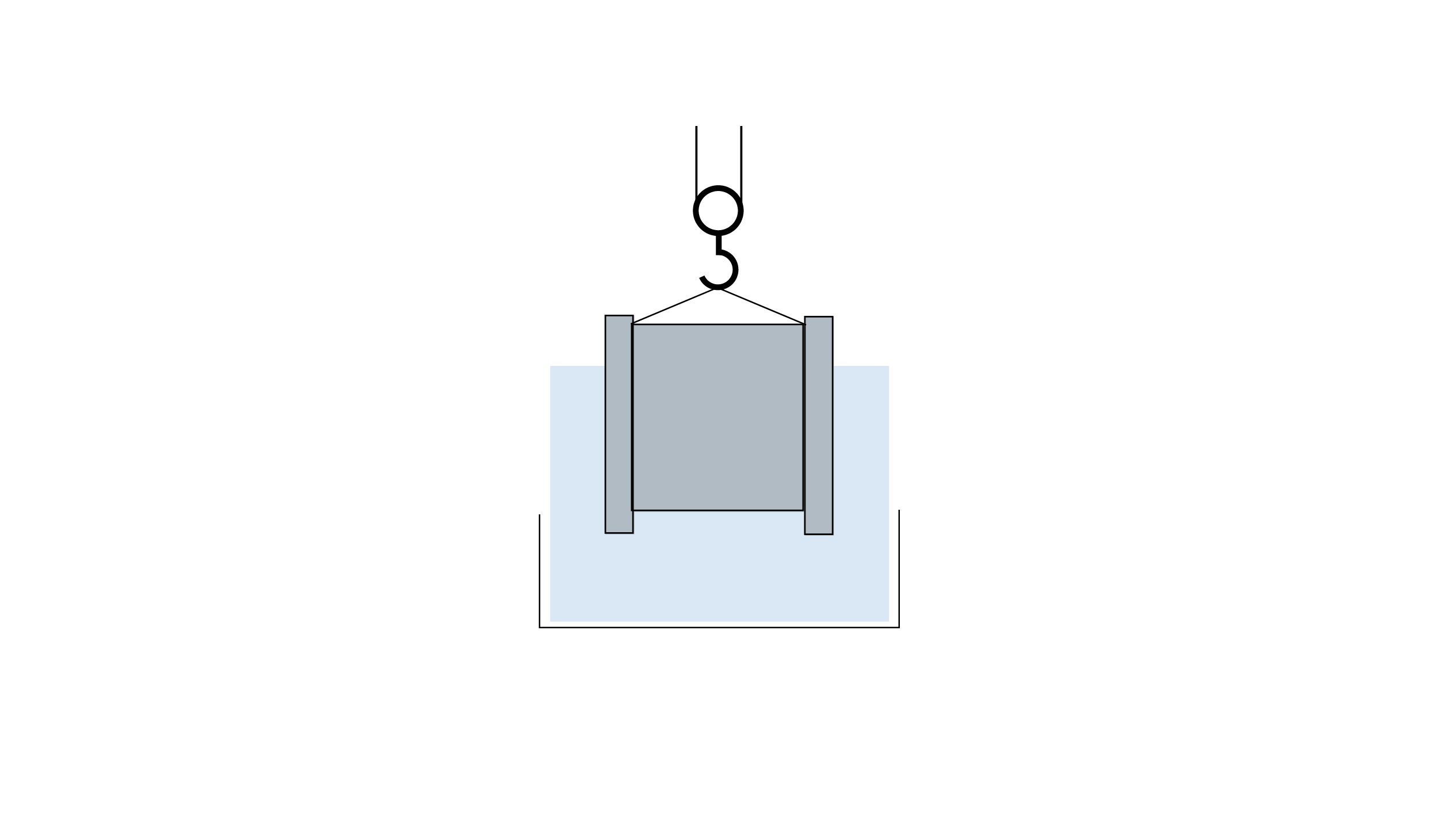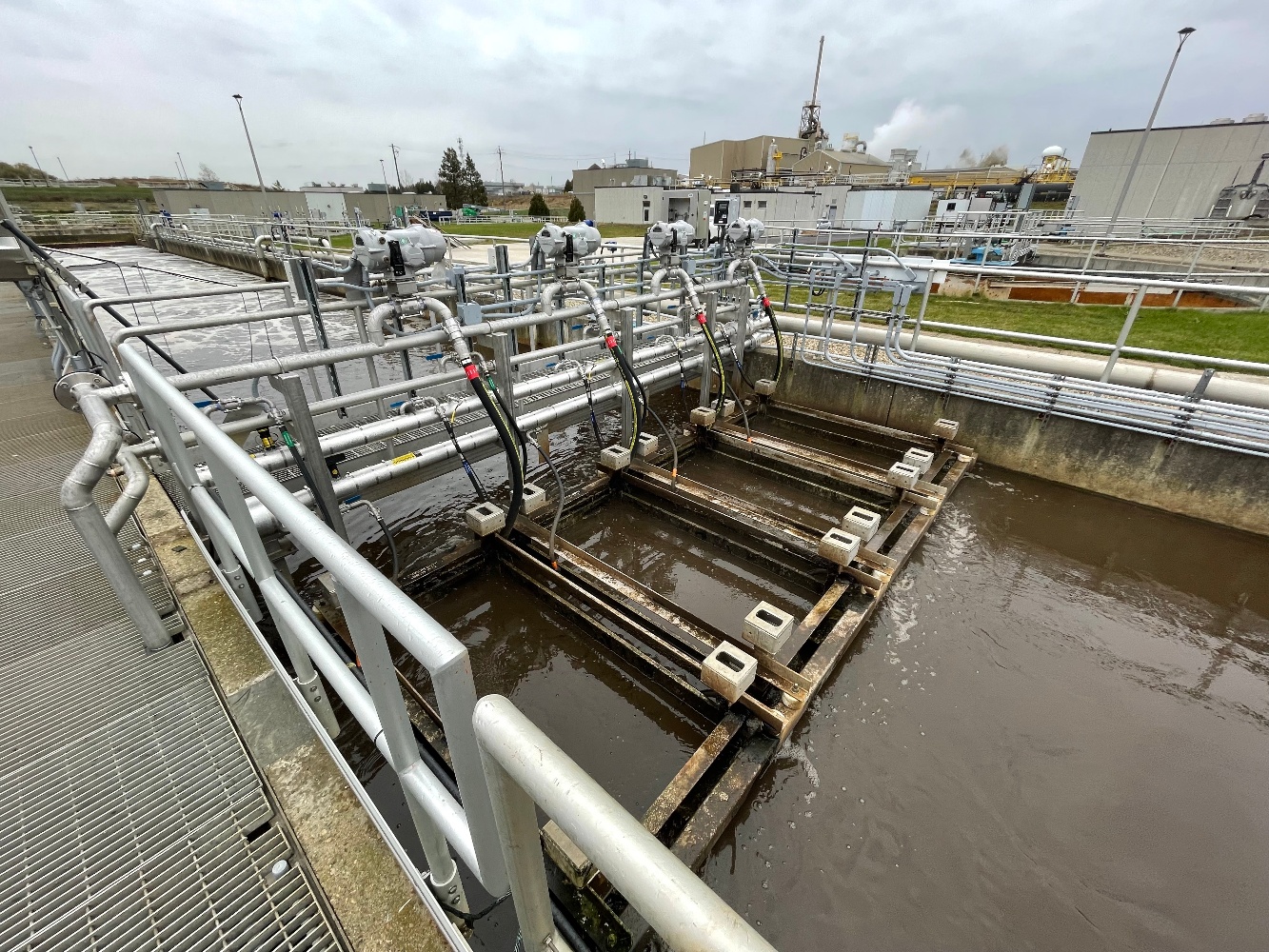5 Considerations When Managing An Industrial Wastewater Treatment Plant
Effective WasteWater Treatment
Wastewater treatment operation and maintenance is a complex process - one that is essential for the successful treatment of wastewater before it is discharged into the environment. Industrial wastewater is a by-product of industrial processes, and is separate from domestic sources of wastewater.

It includes runoff and leachate from areas that receive pollutants associated with industrial or commercial storage, handling, or processing facilities. If your company discharges industrial wastewater, you must ensure that you treat it as needed before it enters the sewer system or otherwise leaves the facility.
Properly operating a wastewater treatment plant in accordance with regulations includes many requirements. Below, we've outlined 5 top considerations to help you ensure your plant operates to its full potential.
1. Regulation
The first consideration is communicating with the environmental authority about your plans to discharge industrial wastewater. The authority may require that you submit a permit application or notice of intent that typically describes the sources, characteristics, and volumetric flow of your industrial wastewater discharge.
2. Influent Characteristics
As a waste generator, you know the processes that produce your waste streams. Review your procedures for how products and reagents are combined to produce wastewater streams. Once you have a handle on the character and variability of the wastewater, you can design your treatment system and develop protocols to ensure continuous and compliant operation.
3. Origin
When a new process is brought online, you must be involved in the early planning stages to determine what waste, if any, will contribute to your wastewater discharge. You should review the material data sheets for any products used in the new process and even run some sample analyses on the waste to confirm whether it poses any discharge compliance concerns.
4. Flow Measurement
Wastewater operators must be familiar with the mass balance of how much water flows into a facility, and how many pollutants are in the wastewater. By conduction mass balances on all the constituents a thorough understanding of the process can be obtained leading to the optimal performance of the system. Flow rate is arguably the most critical factor when calculating the capacity of your treatment system. You’ll be in a constant battle trying to ensure that your wastewater is fully treated, and any upset could mean you’ll have a major clean-up or compliance problem on your hands.
5. Operator Management
It is important for operators to know their daily, weekly and monthly responsibilities. Operators are a key resource in the wastewater treatment plants. Operators are responsible for managing pumps, probes, filtration equipment, general housekeeping, testing alarms, and any other tasks to keep a safe and orderly facility. New technologies which require reduced operator engagement allows for operators to spend more time on these important and varying responsibilities.






